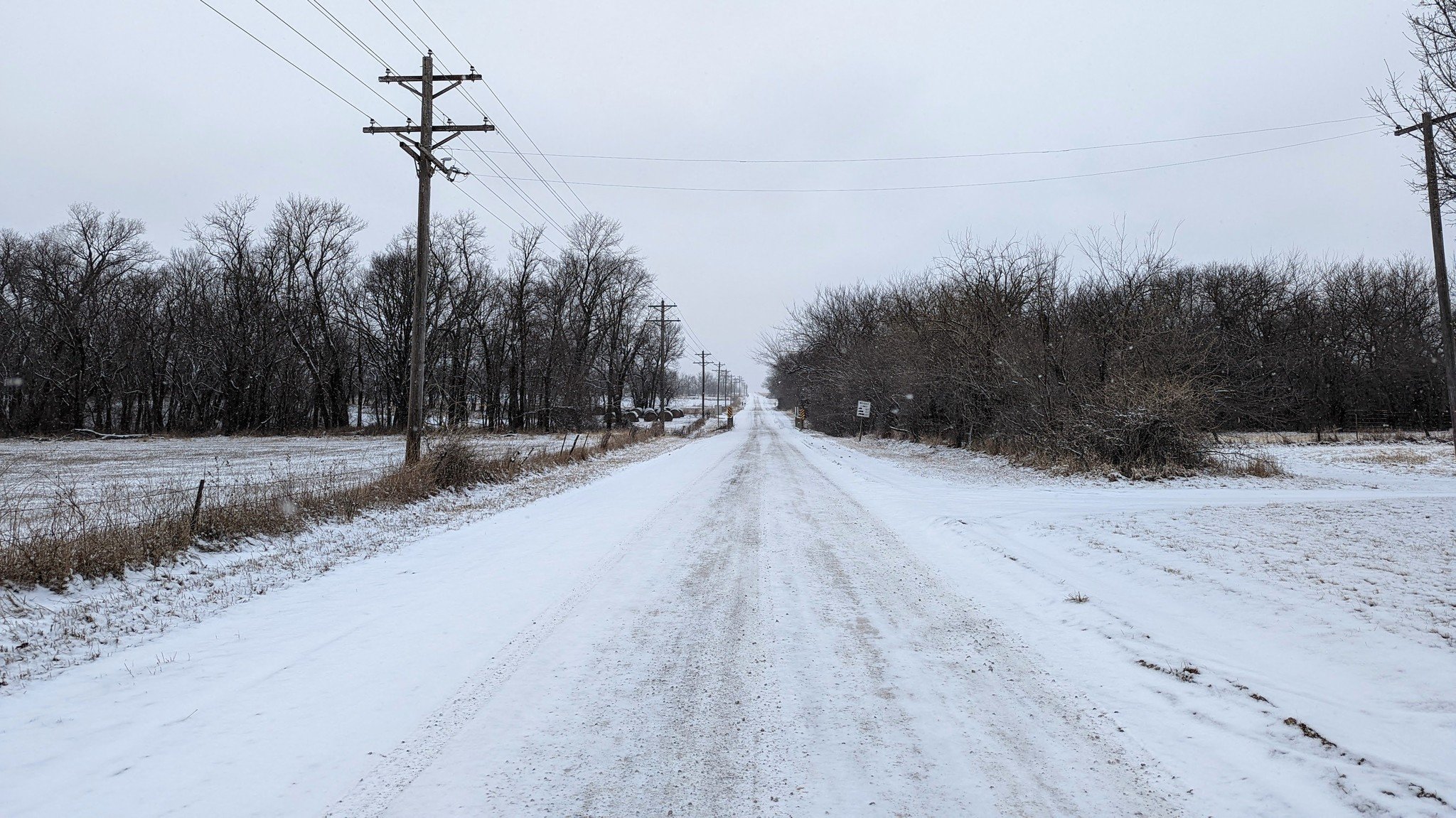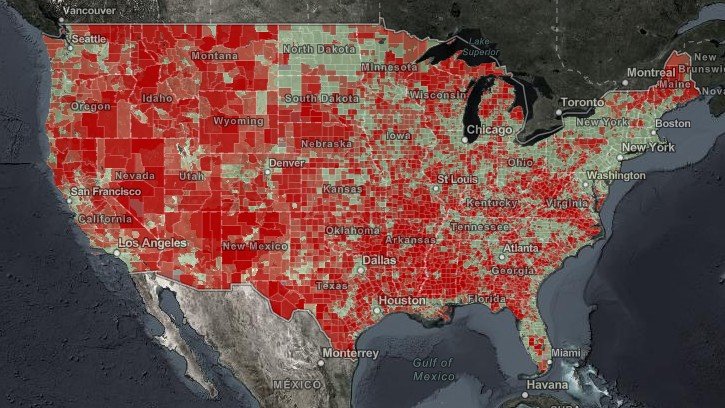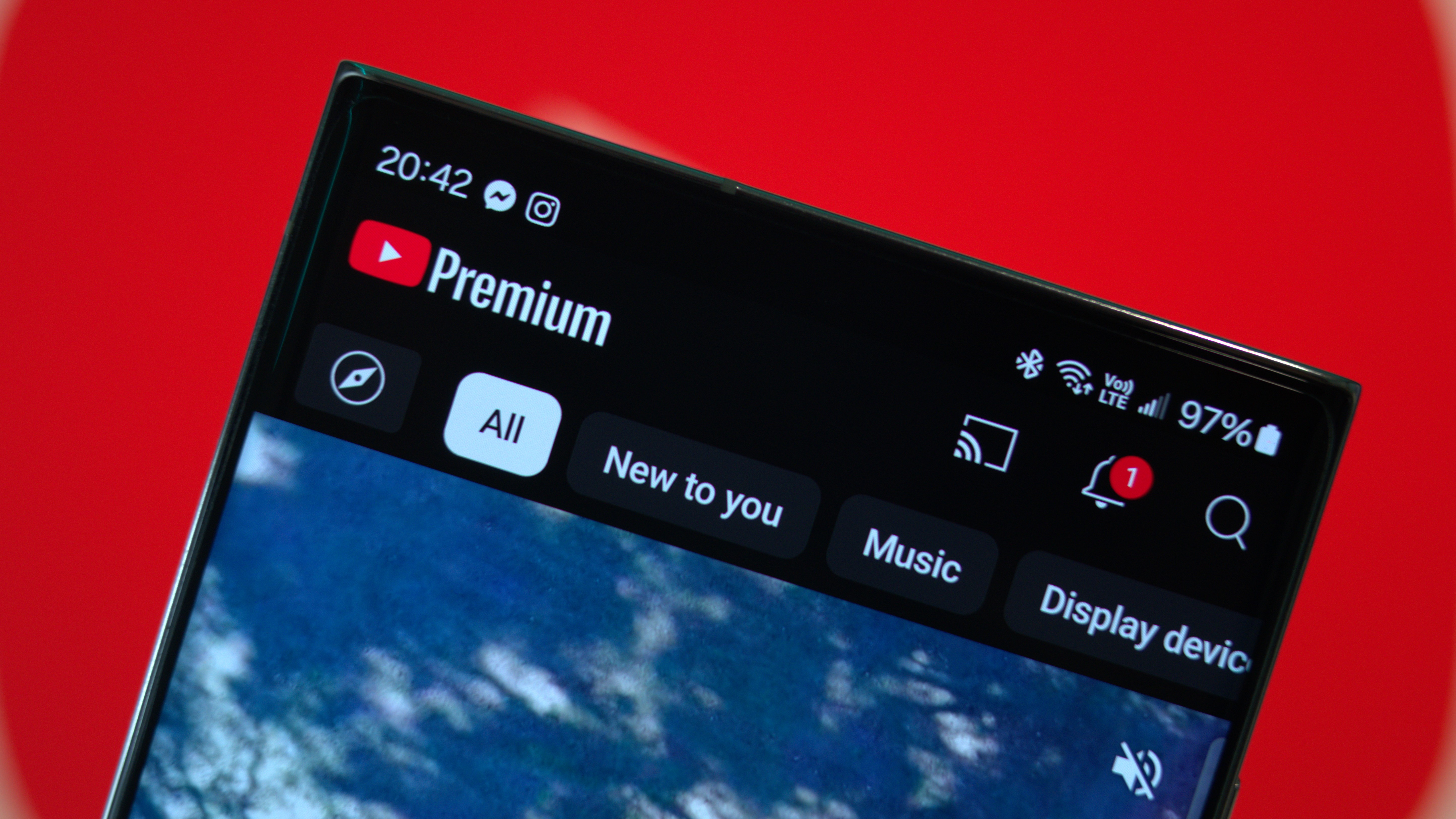Rural communities like mine may still miss out on broadband expansion

Living out in the countryside of rural America may sound romantic to some. But even as appealing as that lifestyle can be, it's still 2022, and connectivity is king. The unfortunate reality that we currently have to face is that if someone wants to live outside of a populated area, there will have to be some concessions. Aside from travel time for things like getting groceries and property maintenance, the most impactful concession for most rural families is the lack of reliable broadband.
I've spent the better part of my life living in rural Kansas, anywhere from eight to 30 miles from the nearest town of considerable population. For the past six years, I have battled with obtaining any real semblance of legitimate broadband to my home. While the nearest town — a mere eight miles away — offers a few ISP options with gigabit connectivity, none of that is available to me.
With no wired internet available to me, I have used everything from traditional satellite internet to cellular carriers.
Even though there have been some improvements to my internet situation in the past couple of years, it hasn't been in the form of traditional ISP options. Instead, those improvements have come from cellular carriers like with T-Mobile Home Internet and more advanced satellite internet from SpaceX Starlink.
Each alternative has its own pros and cons. For example, T-Mobile is fast and cheap, but it is still limited in availability and coverage restrictions. On the other hand, Starlink has even further restricted availability and is more expensive — especially the start-up cost. However, if you can get it, Starlink has fewer coverage issues because it's coming from space — you just have to avoid trees.

At the end of 2021, the US government passed a new piece of legislation called the Infrastructure Investment and Jobs Act. While this aims to address various public utility needs, one of those is to expand broadband in unserved and underserved areas — including rural. There is $42 billion explicitly designated for bringing fast internet to these areas. While this windfall sounds great to people like me, this isn't the first time that the government has tried to improve the rural broadband situation.
The latest attempt by the US government to improve rural broadband offers the most significant financial investment yet.
I asked Roger Entner, a telecom analyst and founder of Recon Analytics, how this is different from previous attempts at government support for similar projects. "It's a lot more money than ever before," he said. Entner also noted that the "money is coming in 2023 as block grants to states, and it is up to the state to then decide how it is distributed."
When asked the same question, Anshel Sag, principal analyst at Moor Insights & Strategy, told me the "approach is nationwide and at the state level rather than federal, giving states the ability to decide where these funds will make the most impact." However, Sag went on to tell me that "realistically, [he's] not sure the outcomes will be significantly more impactful since [he] believes that these rural initiatives are usually underfunded."
Get the latest news from Android Central, your trusted companion in the world of Android

I, too, share Sag's hesitancy on how impactful this new push will be. Call it pessimism or just personal experience, but if the cellular carriers aren't willing to provide reliable coverage to rural areas — I don't expect wired internet to make it to my home. Though it really shouldn't be that extreme of an ask for it to happen, considering there is a fiber trunk less than half a mile from my house.
Entner and Sag noted that the new government funding would be distributed to the states to decide how to utilize the money best. Sag went on to say that "when you consider that there are still plenty of urban and suburban underserved areas, rural areas are at the bottom of the list, especially since the cost to connect per user is much higher."
In a bit of optimism, my home state of Kansas has its own initiatives in addition to federal support. In a statement made to the Topeka Capital-Journal, Lt. Gov. and Commerce Secretary David Toland stated the long-term goal is for Kansas to be in the top 10 in the US after the broadband expansion.
He went on to say,
We're planting a flag, a clear marker to send a signal, not only to our residents and existing businesses but to prospective residents and prospective businesses that we want to choose Kansas, that they're going to have some of the best internet in the country if they come to our state.
Continuing with the positive sentiment, as part of the Infrastructure Investment and Jobs Act efforts, there is a new benchmark for the improvements and expansion of broadband. Previously, the government defined high-speed internet as 25mbs down and 3mbs up. Don't get me wrong. Something is better than nothing, as this was a phenomenal speed when I had the chance to get it two years ago. But for a modern connected home, even if you have the absolute best Wi-Fi router, it's not nearly good enough.
Sag agreed with me, stating that "because internet consumption continues to increase and a family of 4 cannot subside on a 25/3 connection, especially not with remote learning." When I asked Entner whether he thought the baseline definition for broadband of 25/3 is good enough, I was delighted to hear that "the baseline for the stimulus money is 100/100. Everything below is considered unserved and eligible for subsidies."

The prospect of 100/100 speeds makes my country nerd heart jump. But as I come back to reality, my optimism fades. This is primarily because the promise of improved internet connectivity has been touted to rural dwellers like me for years now. When I moved to my current home six years ago, I reached out to my local rural electric co-op regarding the prospect of them bringing the internet to my residence.
The task of getting high-speed internet to rural residents will require efforts from some seemingly unlikely utility companies.
It may seem strange to ask my electricity provider about the internet. However, these organizations have been trying to close the digital rural divide for a while now. Their attempt is to do the same thing for broadband as they did to electrify those living in the country. Entner elaborated on this idea, saying, "where we have good outcomes are where there are small rural telco and electric coops because they have the skillset to serve a customer."
Circling back to the amount of money allocated specifically for expanding broadband to unserved and underserved parts of the US, $42 billion is a lot of money — but is it enough? My hopes to get smaller towns reliable and faster internet are higher than those folks living outside of those communities. Again, this is because of cost. As Entner confirms, "small communities are easier to service than a farm every three miles. Because 1 mile of trenched fiber is $30-50K and on electric poles is about $10K."

I asked Sag whether he felt the new Infrastructure Investment and Jobs Act is enough to make a substantial difference in the digital gap in rural America, he replied:
I don't think it is. I think there needs to be even more investment in rural areas because the economics of cellular networks work against their favor, and the only way to fix that is through subsidizing the difference of those costs and fixing the economics of the situation. Additionally, I believe that we can solve some of the real estate issues we've been encountering in larger metropolitan areas if we can improve rural connectivity enabling even more people to work remotely in rural areas.
Ultimately I believe that small, rural communities will see improvements to their broadband access. That's the optimistic side of me — which I really want to lean into. But the pit in my stomach informs me that rural residents like myself are far less likely to see the same improvements. I've lived on country roads for far too long and my previous career in natural gas utilities also tempers my expectations. In the end, the cost to serve customers like myself and the return on investment will likely keep funds in the towns and out of the beautiful countryside.

